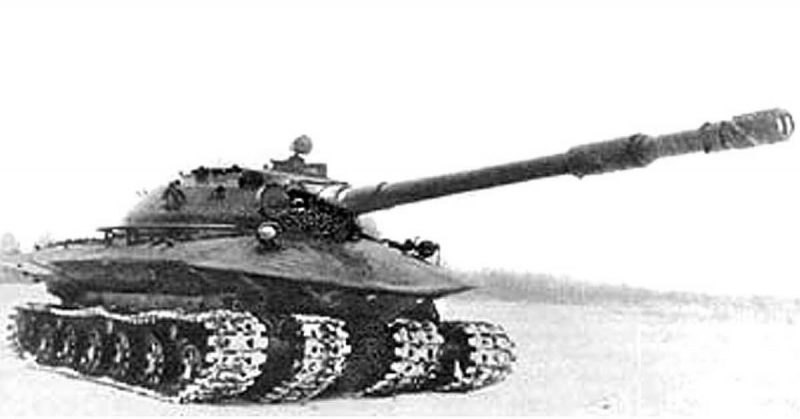It was at the Cold War Era’s height in 1959 when the Soviet Union constructed Object 279, which was an experimental heavy tank that could survive a nuclear explosion.
Object 279 was one of the last heavy tank prototypes made by the Soviet Union before tanks heavier than 37 tons were banned by Nikita Kruschev. There was only a single unit of this particular tank made. It was built in Leningrad at Kirov Industrial Plant weighing 60 metric tons.
With a running gear consisting of four tracks and a 1000-hp diesel engine with the ability to reach speeds of 55 kilometers per hour with the ability to travel 300 kilometers before refueling. The tank’s hull had armor that was 182 to 319mm thick and was built with biological, nuclear, radiological, and chemical protection.
An elliptical-shaped shield protected it from shaped charged ammunition and projectiles that were armor-piercing. Its elliptical shield also helped prevent it from overturning from the shockwaves of any possible explosions of the nuclear kind.
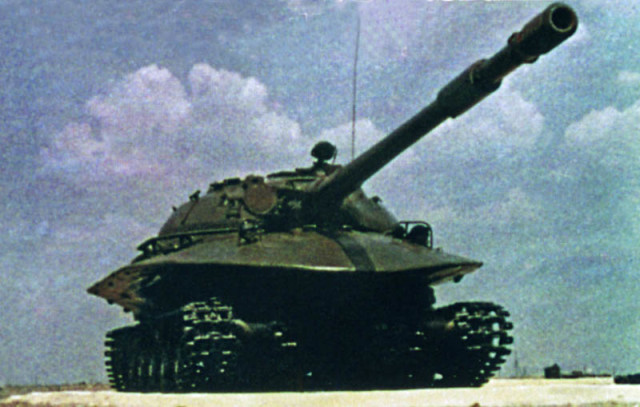
The tank project was abandoned like other heavy tank projects because the Soviet military ceased operations using heavy fighting vehicles such as tanks starting in 1960.
Ever since that time, tanks are kept at around 50 metric tons without counting in additional equipment such as mine rollers or mine plows and any extra reactive armor.
The tank sizes changed with the policy adjustment of the Soviet Union on July 22, 1960. At the new technology demonstration that occurred in the range of Kapustin Yar, Khrushchev gave strict orders that forbade tanks in excess of 37 metric tons for military adoption and usage. At that point, the heavy tank program was put to an end.
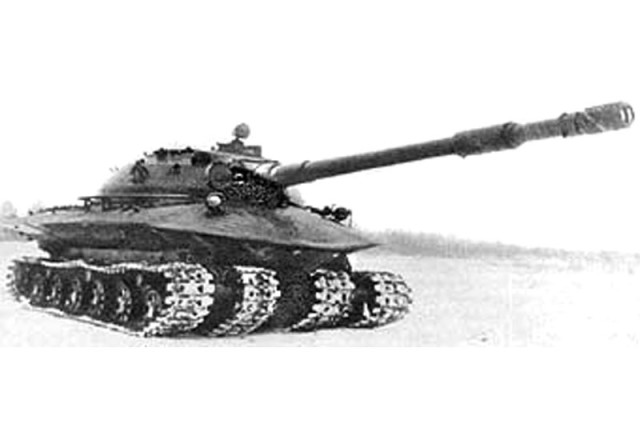
Khrushchev was a supporter of an alternative weapon, which was guided missile tanks, with the IT-1 being the most prominent one. The military of the Soviet Union wanted tanks that had a weight much more suitable for crossing the country’s bridges in case there was a need for homeland defense such as those during World War II.
There were numerous deficiencies of the running gear exhibited during the trials. These issues included a loss of efficiency when crossing swampy areas, expensive as well as complex production, expensive repair, and maintenance, bogged nimbleness, and the inability to reduce the tank’s overall height.
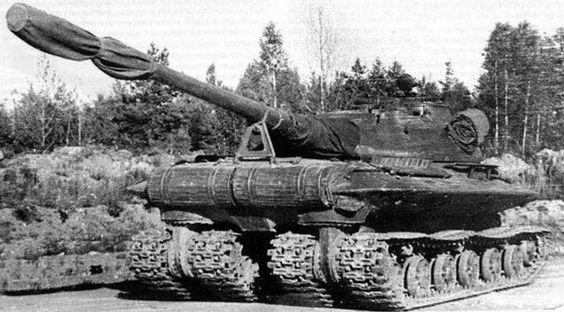
Object 279 In Kubinka Tank Museum (Moscow)
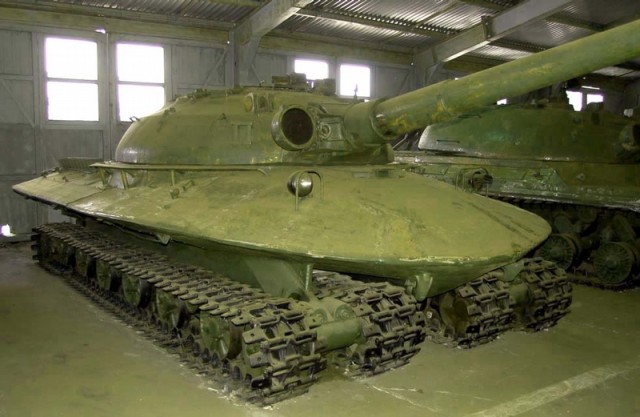
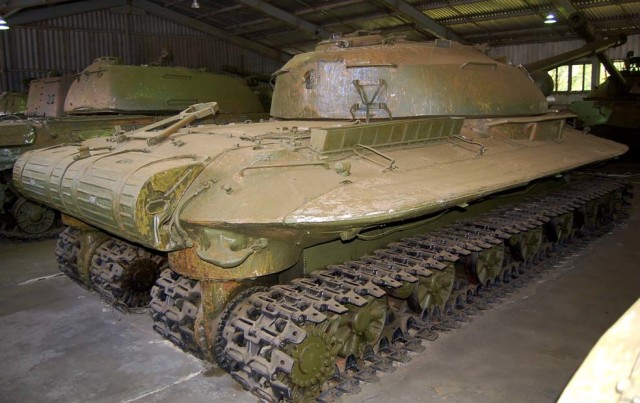
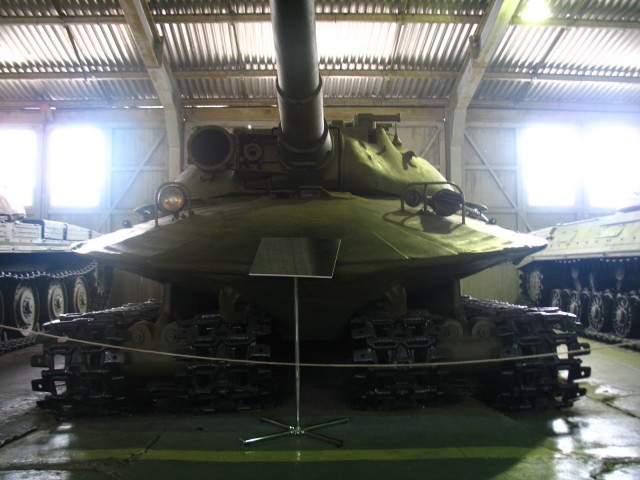
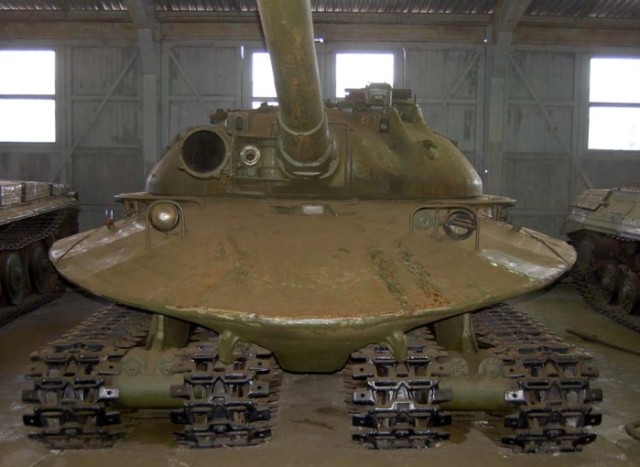
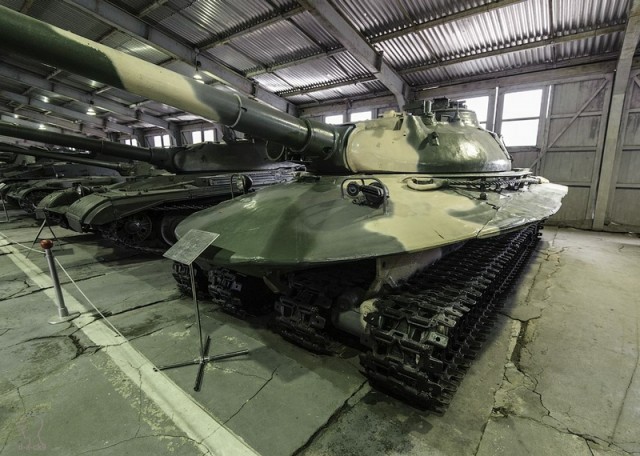
Video
https://www.youtube.com/watch?v=Es4Hy9VNDAc
